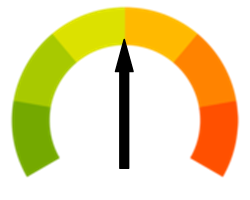It is my DUTY to try to explain tai chi relaxation techniques in a way that is understandable even to a tai chi novice. Relaxation is the cornerstone of great tai chi and getting the health and martial benefits. Yet, it is something that almost all of us struggle with. Secondly, it has a direct impact on life outside of the classroom by reducing our stress and making us enjoy more.
Tai chi relaxation techniques use verbal and mental cues to relax in four distinct ways while moving. It requires relaxing the breath, mind, individual body parts, and the entire body during movement. Relaxation techniques are taught and practiced during tai chi and can then be used throughout the day, especially during stressful situations.
Let’s deconstruct tai chi relaxation and put together some practical tips that give you feedback to move in the right direction. Readers with experience in tai chi are probably feeling the beginning of a good belly laugh. It is something we are told hundreds of times over the years and it seems as though you can never be relaxed enough. Secondly, how do we do something that you already thought you were doing? An instructor looks at you and says “relax” and the student always thinks “I am!” That’s what we are going to cover here.
How do you do something that you already thought you were doing?
How do you say relax in tai chi?
Relaxation in tai chi is called “song” (松) or more appropriately “fangsong” (放松). As always, it’s interesting to take apart the Chinese characters to truly understand what the meaning of relax really is. The character Song (松) means “loose.” But it’s important to point out that it is also used in words like: release, unclasp, weaken and relax. So the true meaning of the word carries the idea of action, that we are letting go of something actively. What are we letting go of? Our thoughts, arresting our breath, and tension anywhere in the body. We are not however deflating our posture, and this is where the first part comes in, Fang.
Fang (放) is a really cool character that is used in words like: put, place, set, and lay. But it is also used in: let out, set free, and discharge. When taken together, Fangsong (放松) can be thought of as putting relaxation into place. By now hopefully you see that this is nothing like the English meaning of “relax” which usually means to do nothing or less. If you are told to “Fangsong” you are being told that you are holding unneeded tension and you need to use tai chi relaxation techniques to systematically travel through the body and let that stuff go!
Relaxation as described by Taoist thinking involves releasing tension on a mental, emotional, and physical level. As you can see, our general idea of relaxation is much more limited and we don’t have a word that embodies this state. Calmness, clear thought, and high energy are all the casualties of tension. By letting our minds and body’s taste “song,” this powerful relaxation, this productive non-sleepy relaxation, we experience a sense of feeling truly right. Tai chi transports us into this feeling mechanically but when we get a sense of it we can make it happen throughout our normal day.
Practical Example of Song
You are in a posture and your teacher says “relax.” Concentrate on your breathing only. Breathe deep in the belly and truly feel the sensation inflate and deflate you. Squeeze your entire body tight and then let it go, feeling the relaxation. Relax your lower back pushing it out a bit. Sink one inch lower, and pull up at the top of the head. “Ahh, very good grasshopper.”
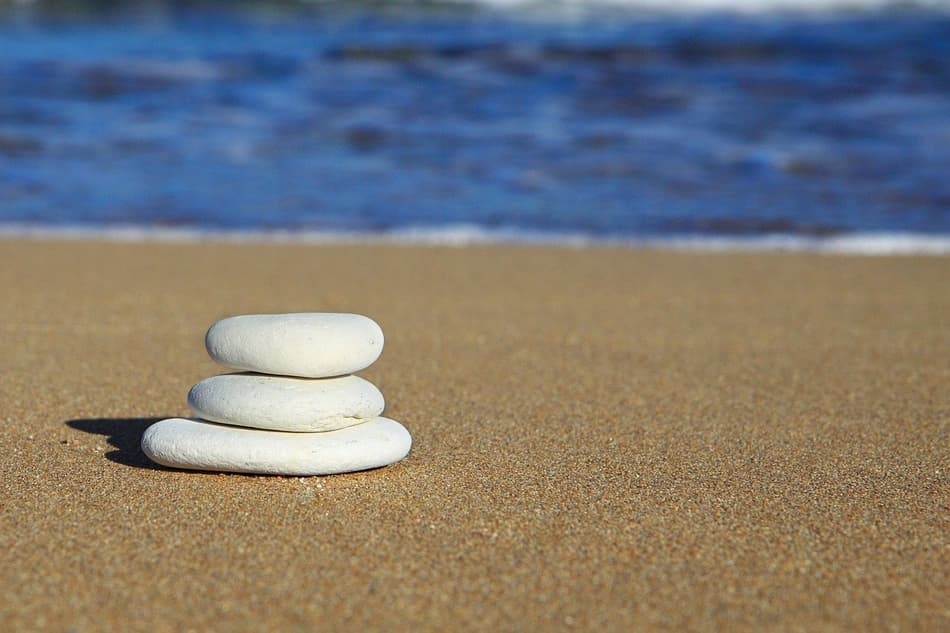
Tai Chi Relaxation Techniques
Tai chi relaxation exercises are not done in isolation like many of the drills that we have to isolate a certain movement to practice and improve it. Instead, tai chi relaxation techniques require you to scan your body while moving or in a temporary posture and relax the body in four unique ways.
There is a very important reason this is taught this way and why people are prescribed tai chi for stress control and relaxation. When we are stressed in life and actually need to relax: 1) we are typically doing something and 2) are not often able to stop what we are doing. This means that we need a way to be relaxing while we are moving or doing something. For example, in tai chi we can be doing a familiar move and then relax the mind, breath, body, and individual body part. In a stressful work meeting. We can stay present for the meeting but still scan the body and use the tai chi relaxation techniques to take it down a notch.
Relax the mind
If you are concentrating on your breathing you can’t be thinking about anything else. Try it, it’s amazing. This has helped my squirrel brain get off the treadmill many-a-time. Maybe at some higher level of meditation some practitioners are capable of “no-mind” and complete absence of thought. For the rest of us, using the mind to focus on a physiological process such as breathing our weight on our feet or the way the air blows across your skin keeps us mentally closer to our senses and away from thinking.
Relax the breath
If you are anxious, even at a low level, you can’t fully inflate your lungs or belly (e.g. diaphragmatic breathing). By having the sense that your chest and abdomen are full your breath is relaxed. There is a physiological hack at play here that is baked into this thousand year old technique. Your body in part determines whether you are stressed or not based on the proportion of oxygen and carbon dioxide in your system. Stress causes us to breath quickly and shortly to increase the amount of oxygen in our blood. Relaxation from long deep belly breaths restores a more even balance and lets the body know we don’t have anything to worry about. Here are nine guidelines to improve your breathing.
Relax your body
While relaxing the breath and mind are parts of my practices, relaxing the body is one of the chief tai chi exercises for deep relaxation. For tai chi practitioners, this largely refers to the separation of energy between the upper and lower body. Loosen your lower back and adjust your posture to feel your body’s weight in your legs. Pull up at the crown of the head and imagine your upper body being light.
Relax a body part
Think of relaxation in tai chi not as a state, but as moving towards that state. If you are told to “relax the arm” for example, tighten it as hard as you can and then release and extend it out slowly. Now you can feel your arm relaxing. This is truly the nature of “song” which is the continual transition towards relaxation rather than just trying to be in a relaxed state.
What is the ultimate relaxation? Sleep of course. And being a tai chi practitioner and understanding the power of relaxation can also restore incredible sleep.
Tai Chi Stress Management and Relaxation Technology
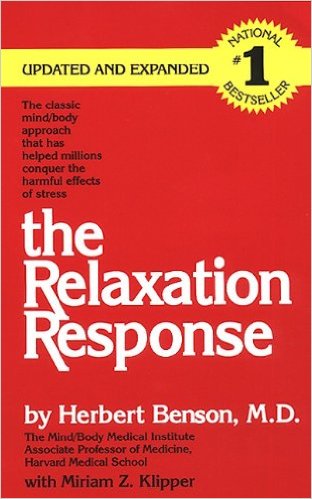
While the name Herbert Benson might not ring a bell, his research is essential reading for anyone looking to understand eastern practices through the lens of western medicine. His book, The Relaxation Response is a scientific validation of age-old wisdom. It is a scientific study of how meditative practices can encourage the body to release chemicals and brain signals that cause the musculature and organs to slow down and increase blood flow to the brain.
In his book he provides an intriguing metaphor. When asked, most people would assume that there is a polar opposite to being stressed out that we naturally gravitate back to when things are not chaotic. It would be akin to a STRESS-O-METER with stressed-out on one end and normal on the other end.
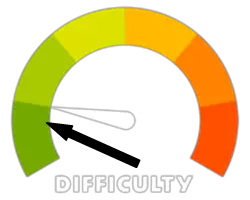
STRESS-O-METER
But tai chi stress management and relaxation technology has shown that this is pretty far from the truth. “Normal” is a middle range with stress right around the corner. The Relaxation Response explains the mechanism that engages our sympathetic nervous system and causes our fight-or flight (read: stress) response.
While the body has this needed ability to fuel us when danger is near, an over abuse of this system leads to chronic stress. Benson’s hypothesis and proven research has shown that the body also has the ability to elicit the opposite of Flight-or-Fright which he has termed the Relaxation Response.
In order to get our STRESS-O-METER down into the green zone, we have to undertake activities to make it happen. Luckily, his research did not stop at the theoretical but detailed ways in which to make this happen. This book is definitely a great read. After extensive research with novice and avid meditators he created a list of steps to access this greater state of calm.
So, how does tai chi help you relax?
Let’s have a look at these steps and just how tai chi helps us relax.
| The Relaxation Response | Tai Chi |
| 1. Sit quietly in a comfortable position. | Comfort and relaxation are 99% of the work while performing tai chi. His research worked with sitting meditation but I don’t believe that “comfort” has to be “sitting.” |
| 2. Close your eyes. | Ok, so I wouldn’t suggest closing your eyes during tai chi but we definitely soften the eyes, relax them, and turn our focus within to quiet the mind and complete the form. I actually think that tai chi has an advantage over sitting meditation with this regard. It is much easier to not have the mind wander when we are moving. |
| 3. Deeply relax all your muscles, beginning at your feet and progressing up to your face. Keep them relaxed. | The Relaxation Response has a progressive relaxation phase incorporating the entire body. Tai chi is whole-body. There are also Daoist relaxation techniques that follow this process and Silk Reeling sets going from toe to head that are often used before tai chi form work. |
| 4. Breathe through your nose. Become aware of your breathing. As you breathe out, say the word, “one”*, silently to yourself. For example, breathe in … out, “one”,- in .. out, “one”, etc. Breathe easily and naturally. | The counting helps our ability to pay attention much like the movements and the breathing is the same. |
| 5. Continue for 10 to 20 minutes. You may open your eyes to check the time, but do not use an alarm. When you finish, sit quietly for several minutes, at first with your eyes closed and later with your eyes opened. Do not stand up for a few minutes. | Not a coincidence that the long form shares this time frame. Other evidence suggests that there is some intelligence behind the amount of time it takes to complete the form. |
| 6. Do not worry about whether you are successful in achieving a deep level of relaxation. Maintain a passive attitude and permit relaxation to occur at its own pace. When distracting thoughts occur, try to ignore them by not dwelling upon them and return to repeating “one.” | Not acceptance again! What next? Are you going to tell me to relax? Progress in tai chi is dependent on acceptance |
Summarizing the importance of working towards the relaxation response
It is not enough for us to be “not stressed” and to hope that we are in a good place. Positive mental states and maintaining a low-stress disposition are dependent on us actively engaging in routines that cause the parasympathetic nervous system to take over and reduce muscle tension and stress hormones. While Dr. Benson’s research was conducted on standard meditation practices I feel that tai chi relaxation exercises offer the same benefits while moving. For anyone looking for motivation or justification for their practice, his book is engaging and a must read.
References:
- The Relaxation Response
- Scientific research related to the relaxation response
- Relaxation Response – Steps



